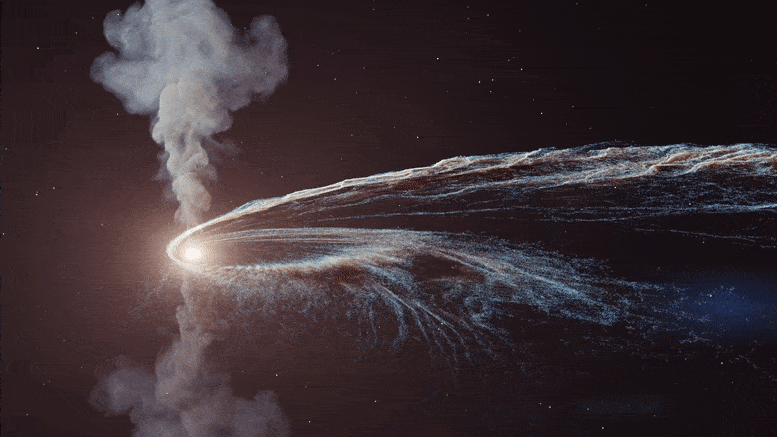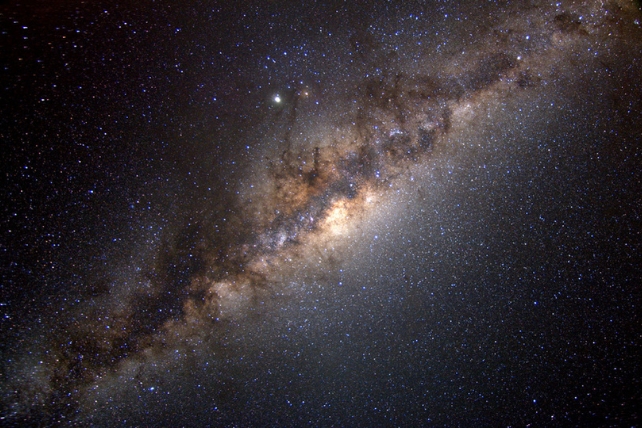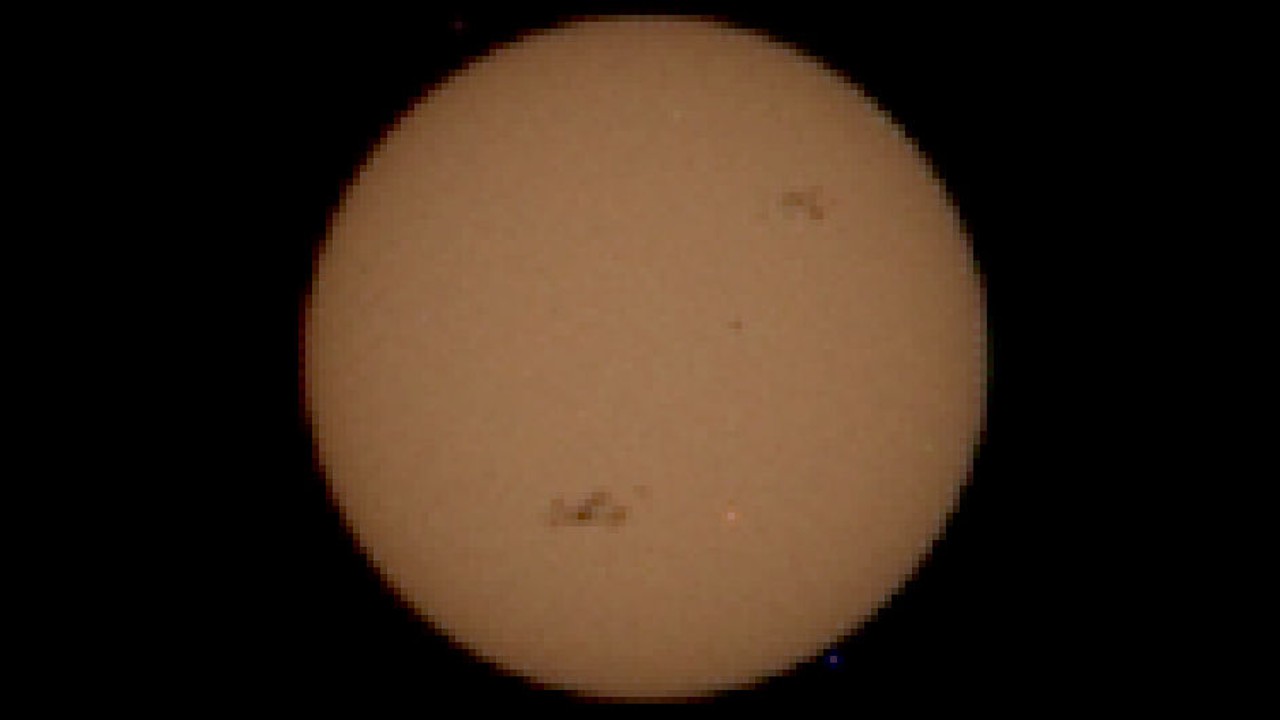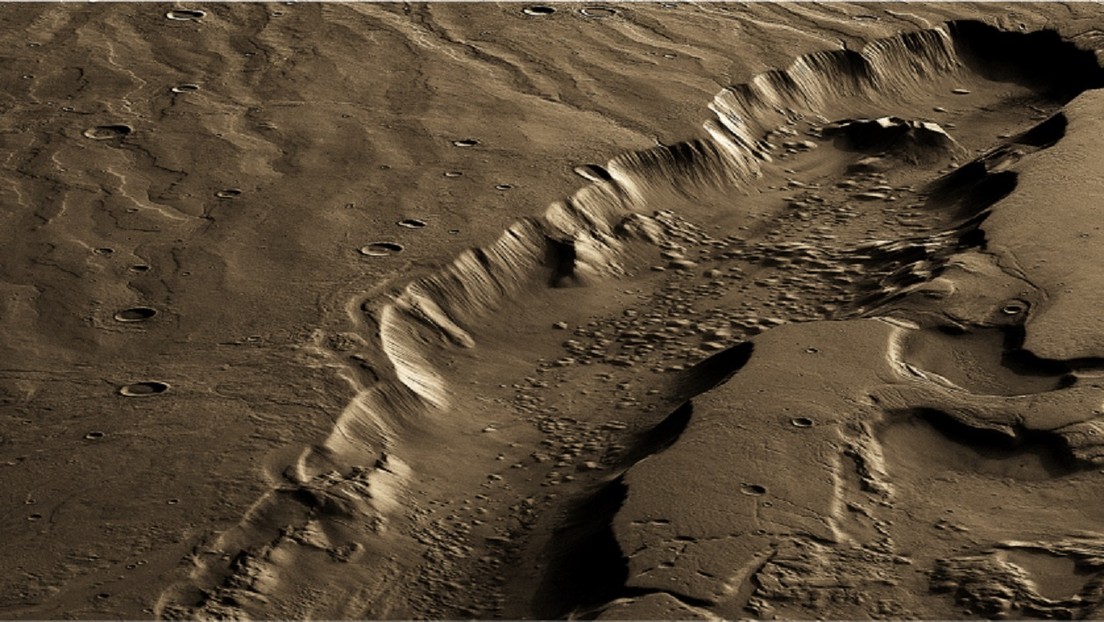Sí, la bestial mancha solar AR3664 vuelve a ser noticia.
Aunque la mancha solar ha desaparecido de nuestro campo de visión, sigue siendo un punto caliente, ya que provocó su llamarada solar más fuerte hasta la fecha el martes 14 de mayo. Cualquier explosión de plasma solar y campo magnético, conocidas como eyecciones de masa coronal, de AR3664 ahora se dirigirá lejos de la Tierra, pero los científicos dicen que hay otro planeta que podría experimentar los impactos de esta enorme mancha solar: Marte.
«Al observar las mediciones de la llamarada de Marte utilizando el Monitor ultravioleta extremo (EUVM) «A bordo de MAVEN, esta es, con diferencia, la llamarada más grande que hemos visto desde que MAVEN llegó a Marte en 2014», dijo el Dr. Ed Thiemann, heliofísico de la Universidad de Colorado en Boulder. Laboratorio de Física Atmosférica y Espacial (LASP)Space.com dijo en un correo electrónico.
«Aún no hemos analizado las mediciones atmosféricas de MAVEN, pero basándonos en eventos anteriores, esperamos que la llamarada haya calentado e ionizado rápidamente la atmósfera superior marciana, causando tal vez una duplicación de la temperatura de la atmósfera superior durante unas horas y una hinchazón. todo el hemisferio iluminado durante decenas de kilómetros.
Relacionado: El Sol desencadena una enorme llamarada solar X8,7, la más grande del ciclo actual, a partir de una monstruosa mancha solar superactiva (vídeo)
De hecho, el rover Perseverance Mars de la NASA ha un asiento en primera fila en el planeta rojo con una mirada directa al sol con AR3663 y AR3664 a la vista. Al igual que en la Tierra, con Marte en el camino directo de la CME, habrá impactos una vez que llegue a medida que se genere una tormenta solar e interactúe con la atmósfera marciana. Y sí, esto podría significar un amanecer global que Perseverance podría aprovechar.
«La CME lanzada por la llamarada está en camino y podría provocar auroras a escala global y energizar la ionosfera superior y la magnetosfera de Marte», dijo Thiemann.
Sin embargo, a diferencia de la atmósfera terrestre, Marte no tiene un campo magnético que lo proteja de partículas sobrecargadas. Por eso, para un evento como este, es importante que MAVEN continúe monitoreando y estudiando la atmósfera superior de Marte.
Esta no sería la primera vez que MAVEN disfruta de un espectacular espectáculo de luces. En agosto de 2022, Se han visto auroras en el lado diurno y nocturno del planeta rojo con uno de los eventos creados por una tormenta solar.
Y luego, a principios de este año, en febrero, nuestro propio Los astronautas de la NASA disfrutaron de un brillo real así como desde la Estación Espacial Internacional (ISS). Los científicos esperan obtener datos una vez que se determine si la CME afectará a Marte y qué otros impactos podría tener en el planeta.
«Se espera que la llamarada y la CME aumenten temporalmente la pérdida de la atmósfera de Marte hacia el espacio, y estamos muy interesados en utilizar MAVEN para medir estos eventos tan grandes, ya que nos da una ventana a cómo el Sol anterior y más activo erosionó Marte. ' atmósfera que alguna vez fue espesa, creando el planeta frío y árido que vemos hoy», dijo Thiemann.















